Photographs of Native Americans

Historical context
Most historical photographs of Native American people were curated by white people. White photographers had various motivations for staging pictures of Native people; some wanted to capture what they believed was a "dying race," while others wanted to portray false stereotypes in order to make money selling souvenir photographs to other white people. Some photographs were taken to build support of federal Indian policies, such as the assimilation of Native children at boarding schools. These photographs were taken with a European American perspective, evident in the ways that Native people are dressed and arranged, and in the ways the Native people are named in the captions.
Culturally relevant pedagogy considerations
For any photograph, it is important to consider the curation, the world beyond the borders of the photograph, and the motivation of the photographer. Photographs, like other primary sources, tell stories that are often intentionally arranged. With historical images of Native Americans, we must pay particular attention to the stories they tell and the power dynamic between those being photographed and the photographer. Ask students to consider the stories their personal photographs tell. Are photos different when they make choices about what and who is in them, rather than when someone else makes the choices? How might the photo's story change depending on the relationship they have with the photographer (a peer, a parent, a teacher)? When analyzing photographs of Native Americans, carefully examine the context of the image. Who made decisions about where and how the photograph was taken? Do you think the subjects of the photograph were part of the decision-making? What do we not see in these photographs?
Classroom ready resources
Analyzing Photographs for Bias (High School)
Photographs of Native Americans (Middle School)
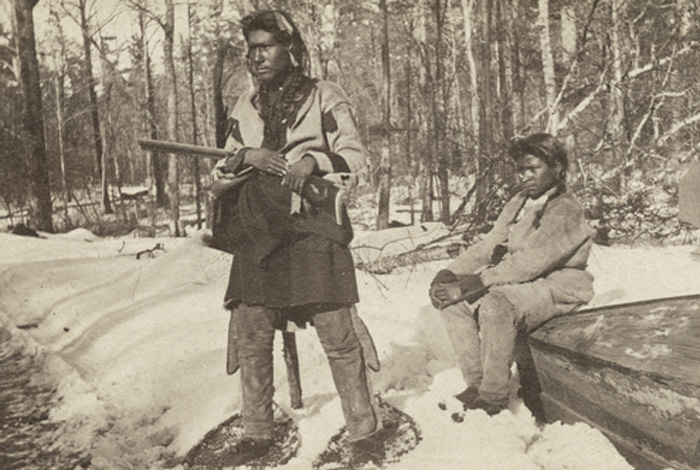
Chippewa on snowshoes hunting deer
Date: 1870
Creator: Charles A. Zimmerman
Type: Photograph
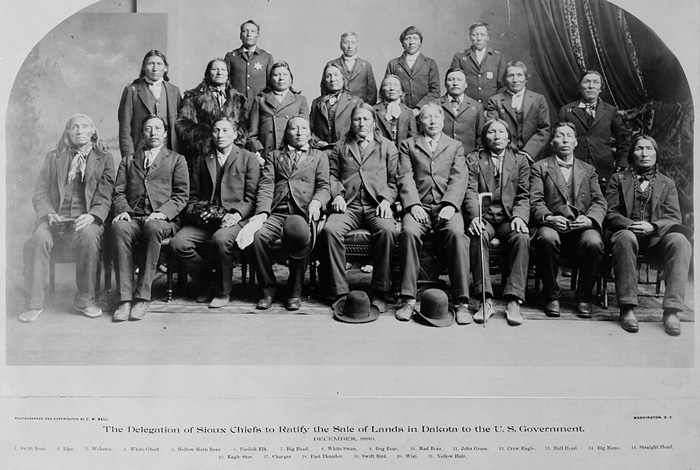
The delegation of Sioux chiefs
Date: 1889
Creator: C.M. Bell
Type: Photograph
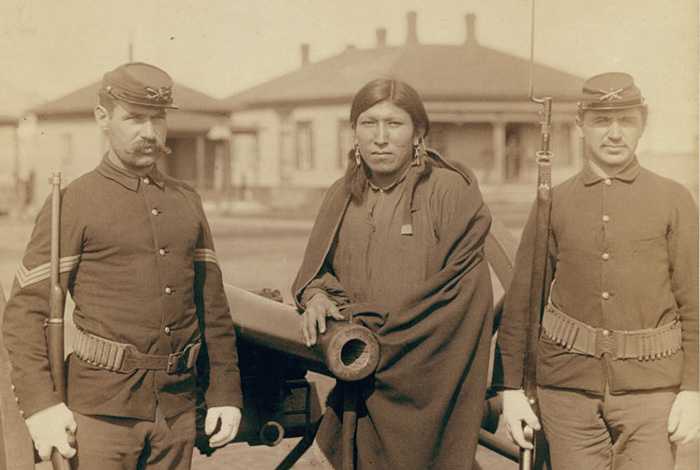
Tasunka (alias Plenty Horses) The slayer of Lieut. Casey
Date: 1891
Creator: John C. H. Grabill
Type: Photograph
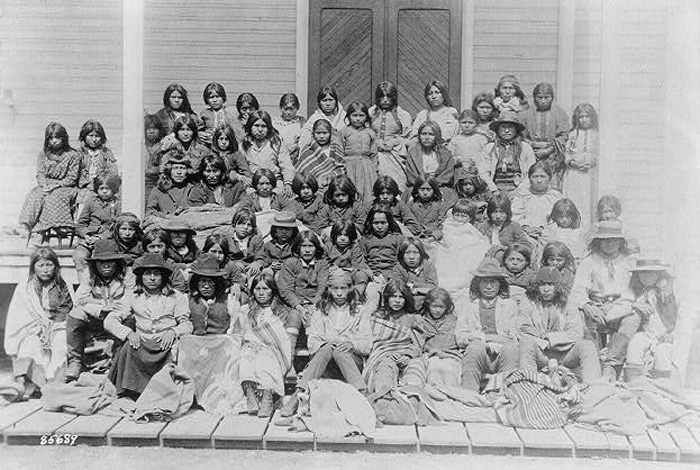
Ciricahua Apaches at the Carlisle Indian School
Date: 1885-1886
Type: Photograph
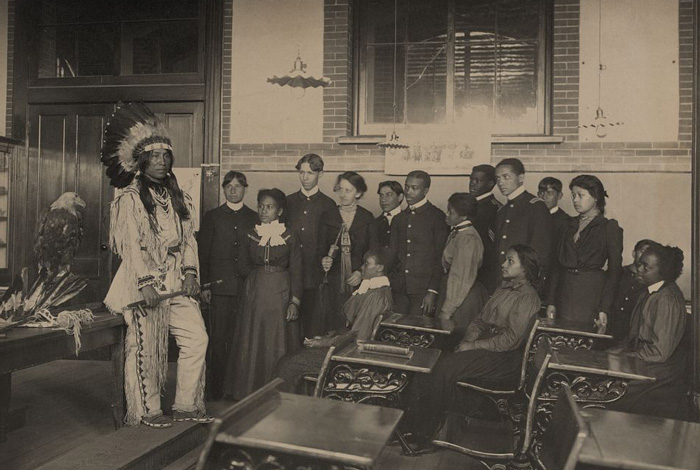
Louis Firetail (Sioux, Crow Creek) wearing tribal clothing
Date: 1899-1900
Creator: Frances Benjamin Johnston
Type: Photograph
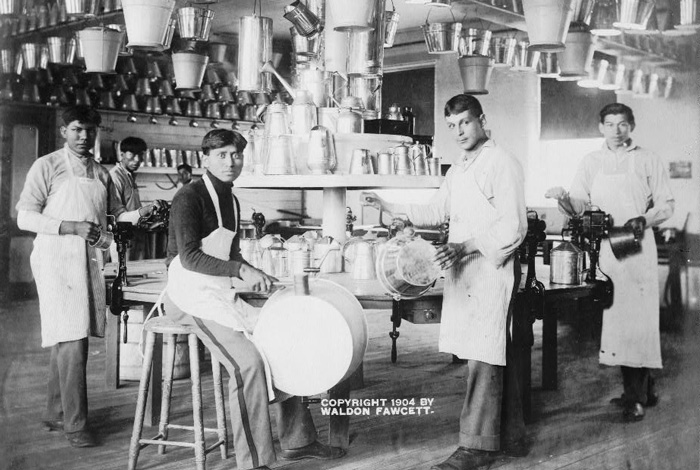
Carlisle Indian School
Date: 1904
Type: Photograph
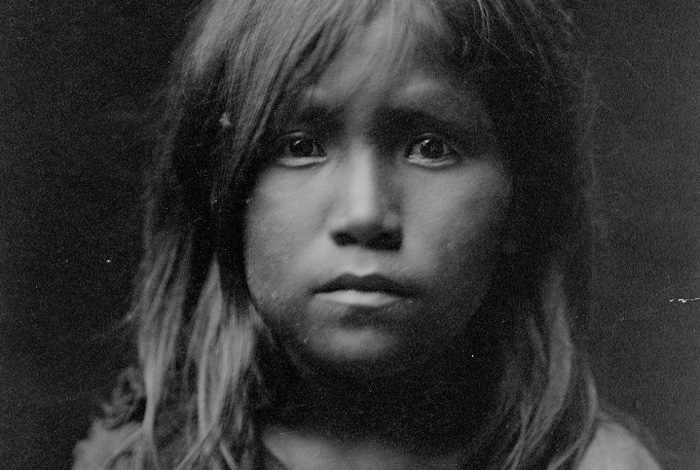
Hopi Angel
Date: 1905
Creator: Edward Curtis
Type: Photograph
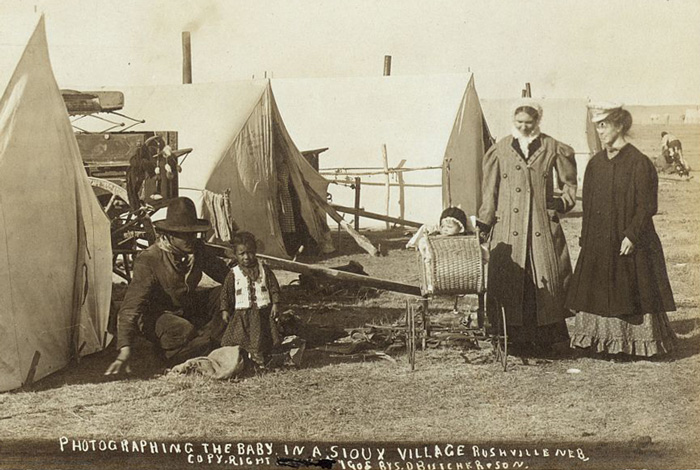
Photographing the baby in a Sioux Village
Date: 1908
Creator: Solomon D. Butcher
Type: Photograph
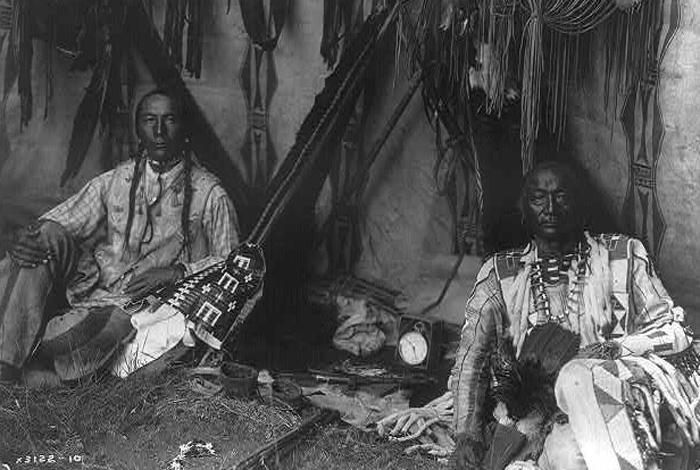
In a Piegan lodge
Date: 1910
Creator: Edward Curtis
Type: Photograph
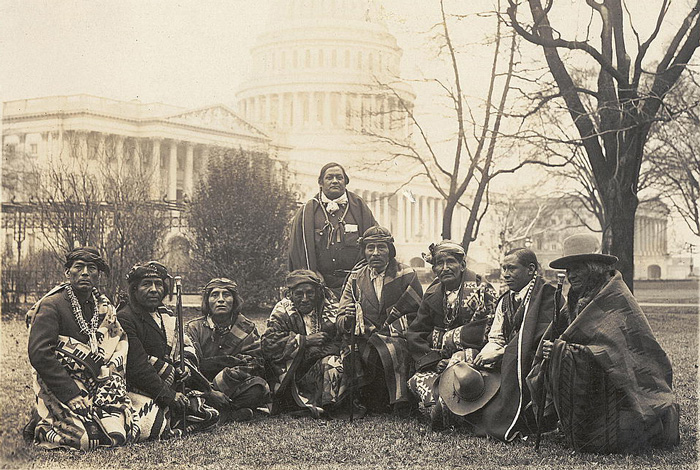
Group of Pueblo Indians photographed at the US Capitol
Date: 1923
Creator: National Photo Company
Type: Photograph
Contact
Meghan Davisson (meghan.davisson@mnhs.org), grant director
Disclaimer: Content created and featured in partnership with the TPS program does not indicate an endorsement by the Library of Congress.